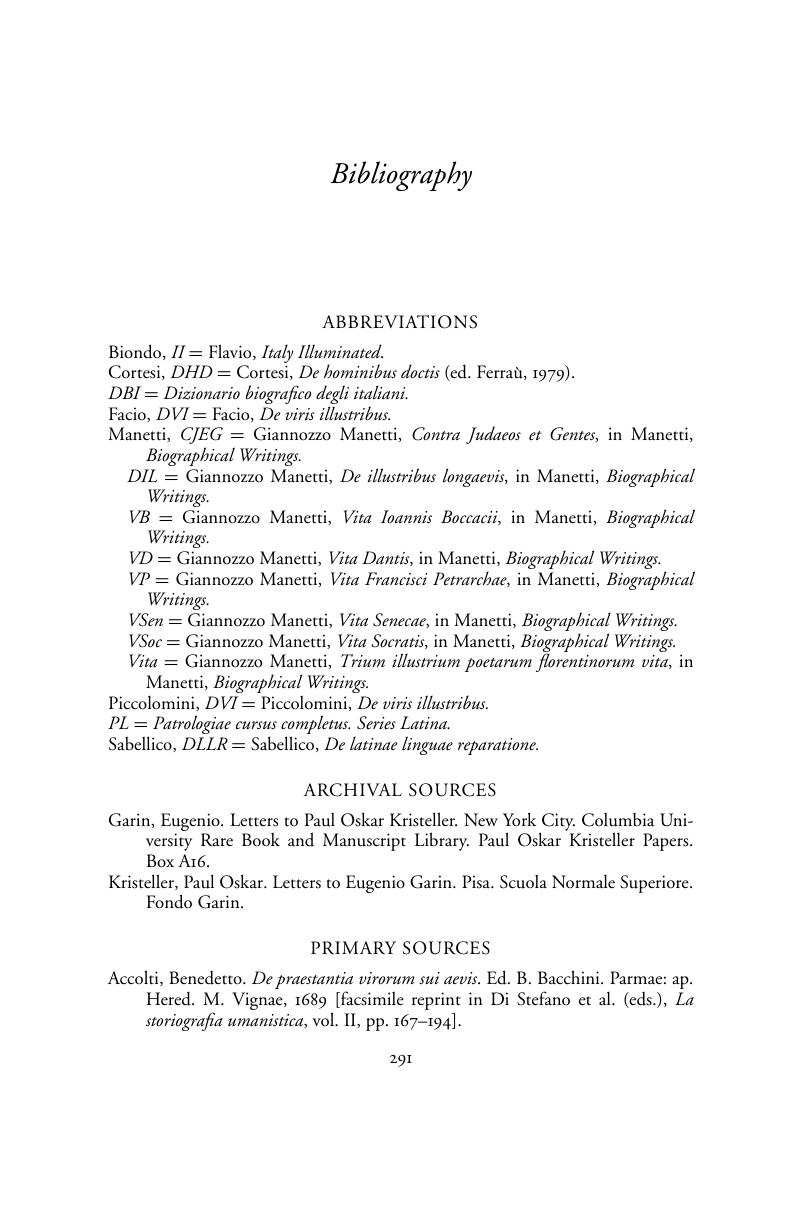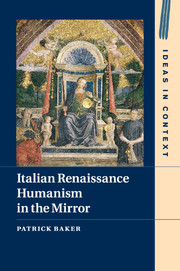Book contents
- Italian Renaissance Humanism in the Mirror
- Ideas in Context
- Italian Renaissance Humanism in the Mirror
- Copyright page
- Dedication
- Contents
- Acknowledgements
- Introduction
- Chapter 1 The renaissance of eloquence
- Chapter 2 The scholastic studia humanitatis and the hagiography of humanism
- Chapter 3 The triumph of Cicero
- Chapter 4 Philology, printing, and the perfection of humanism
- Chapter 5 Humanism in the mirror
- Appendix The pantheon of humanism
- Bibliography
- Index
- Series page
- References
Bibliography
Published online by Cambridge University Press: 05 October 2015
- Italian Renaissance Humanism in the Mirror
- Ideas in Context
- Italian Renaissance Humanism in the Mirror
- Copyright page
- Dedication
- Contents
- Acknowledgements
- Introduction
- Chapter 1 The renaissance of eloquence
- Chapter 2 The scholastic studia humanitatis and the hagiography of humanism
- Chapter 3 The triumph of Cicero
- Chapter 4 Philology, printing, and the perfection of humanism
- Chapter 5 Humanism in the mirror
- Appendix The pantheon of humanism
- Bibliography
- Index
- Series page
- References
Summary

- Type
- Chapter
- Information
- Italian Renaissance Humanism in the Mirror , pp. 291 - 323Publisher: Cambridge University PressPrint publication year: 2015



